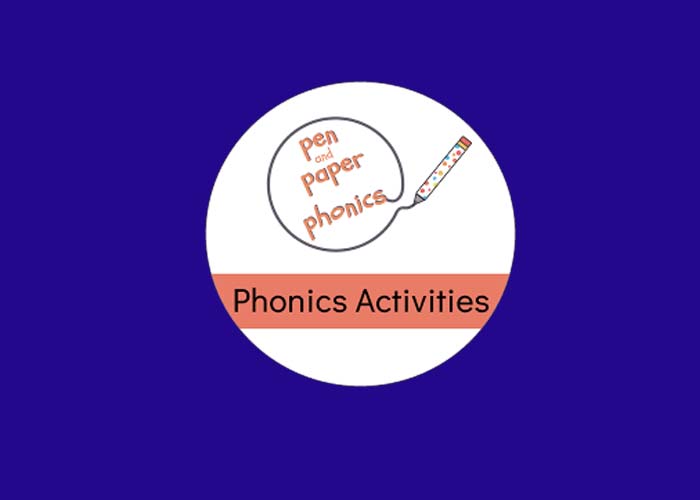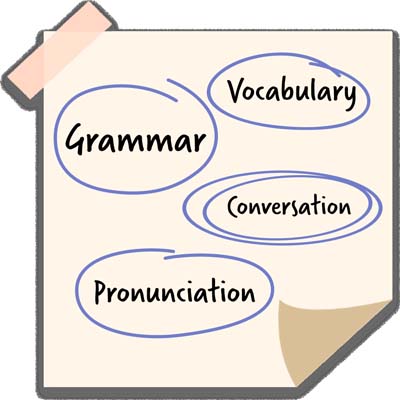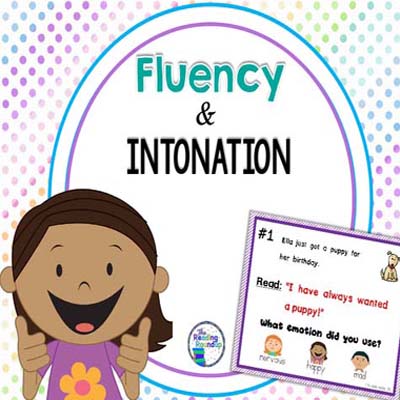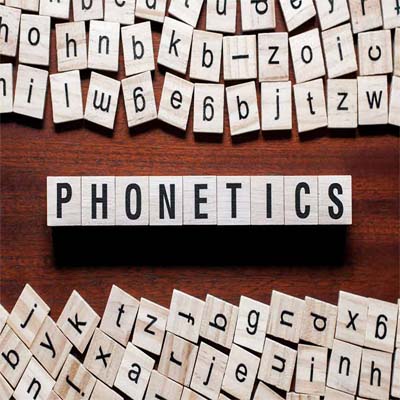Phonetics
Phonetics
Phonics is a linguistic tool used to help people learn how to speak and write any language that uses an alphabet. The method consists of distinguishing how sounds are heard and relating them to the general spelling patterns of a language. The goal of phonics is to help students learn the principle of a language's alphabet through a logical and repeated relationship between spellings and sounds.
Phonics is often used in early grade school and language basics courses to assist learners in decoding the patterns of a language. With this skill, students are able to read, write, hear, and speak a language more effectively. They are also able to comprehend and decode new or challenging words more easily on their own.

Elements of Phonics
Phonics can be taught in a number of different ways, but the goal of phonics remains the same. The most common way to teach phonics is by having students take an individual sound and blend it with the sound of another letter. This is called synthetic phonics. A basic example would be the word cat. Students would first learn the sound of each individual letter, then put the sounds together to form a word. This method does not always work the best, however, because of irregular sounds found in the English language.
Role of Phonics in Reading
In relation to reading, phonics is a basic skill to learn before applying the knowledge of sound pairings to reading. Once a student gains a phonemic awareness of the sounds of a language, they can use that skill to learn new words and build their vocabulary. Studies have shown that reading comprehension is one of the best ways to discover new words in a language.





